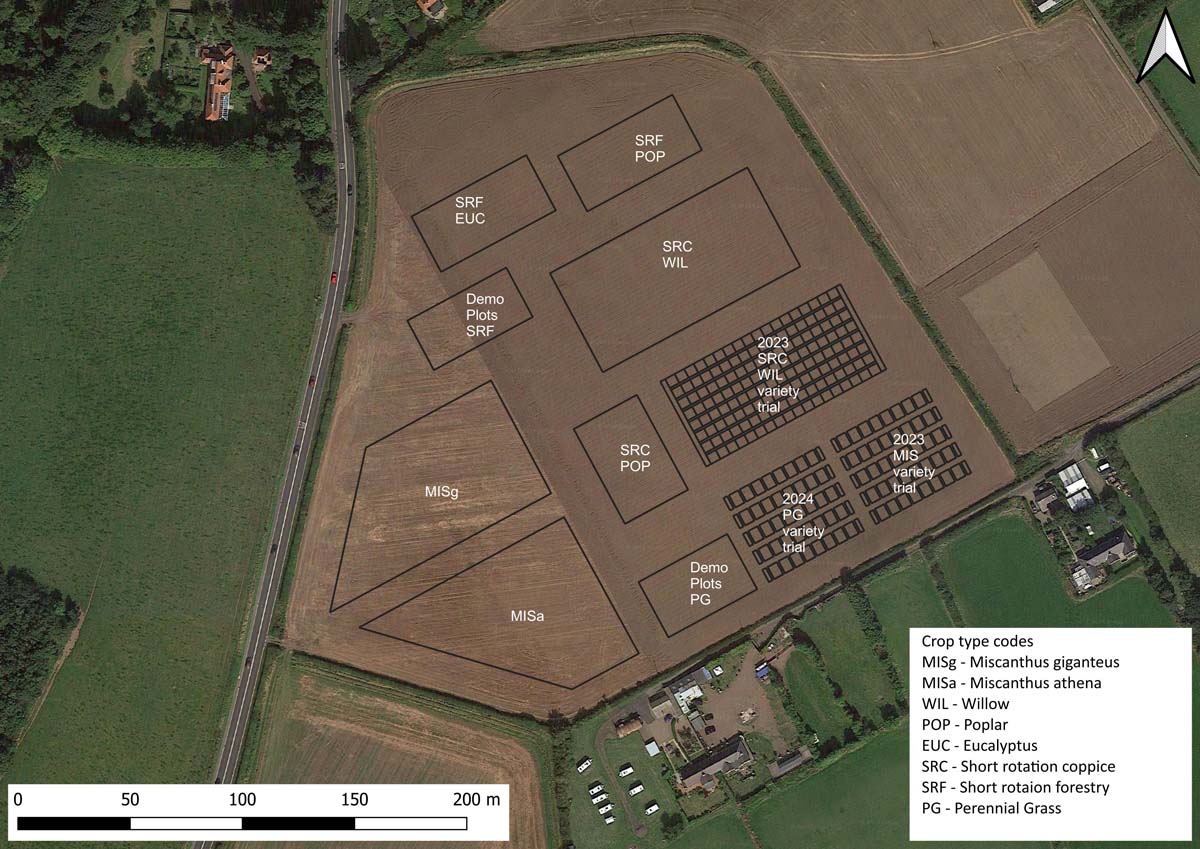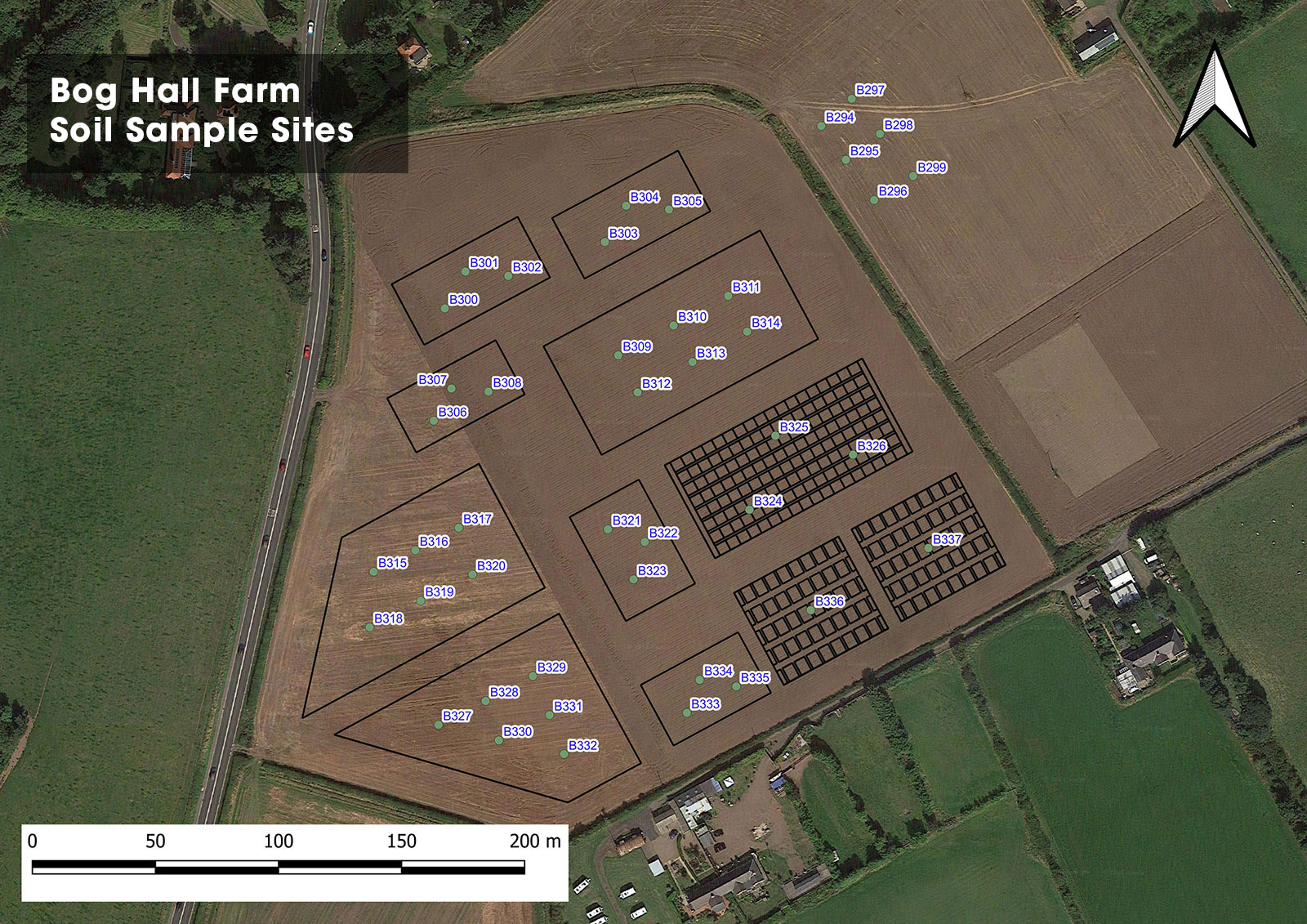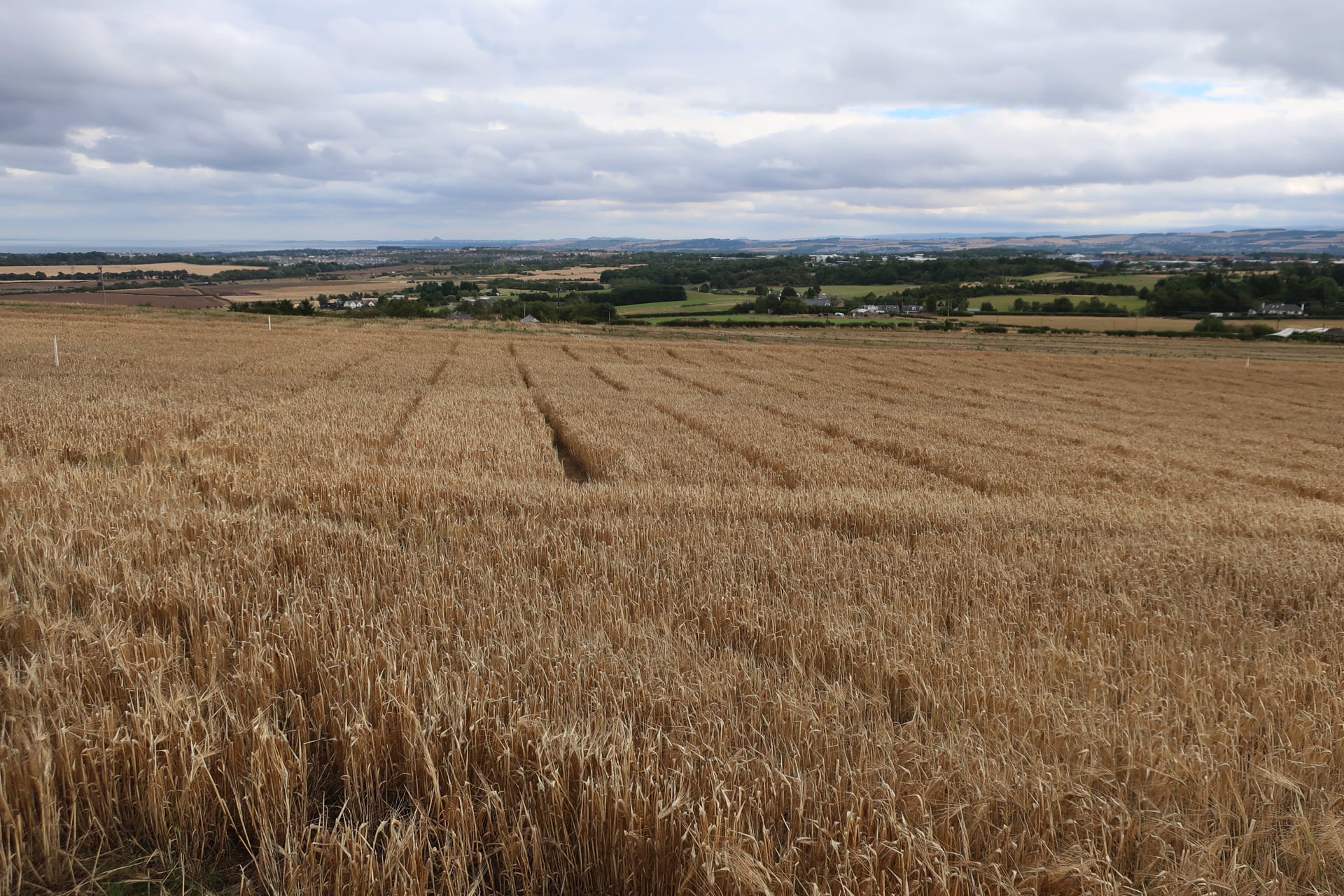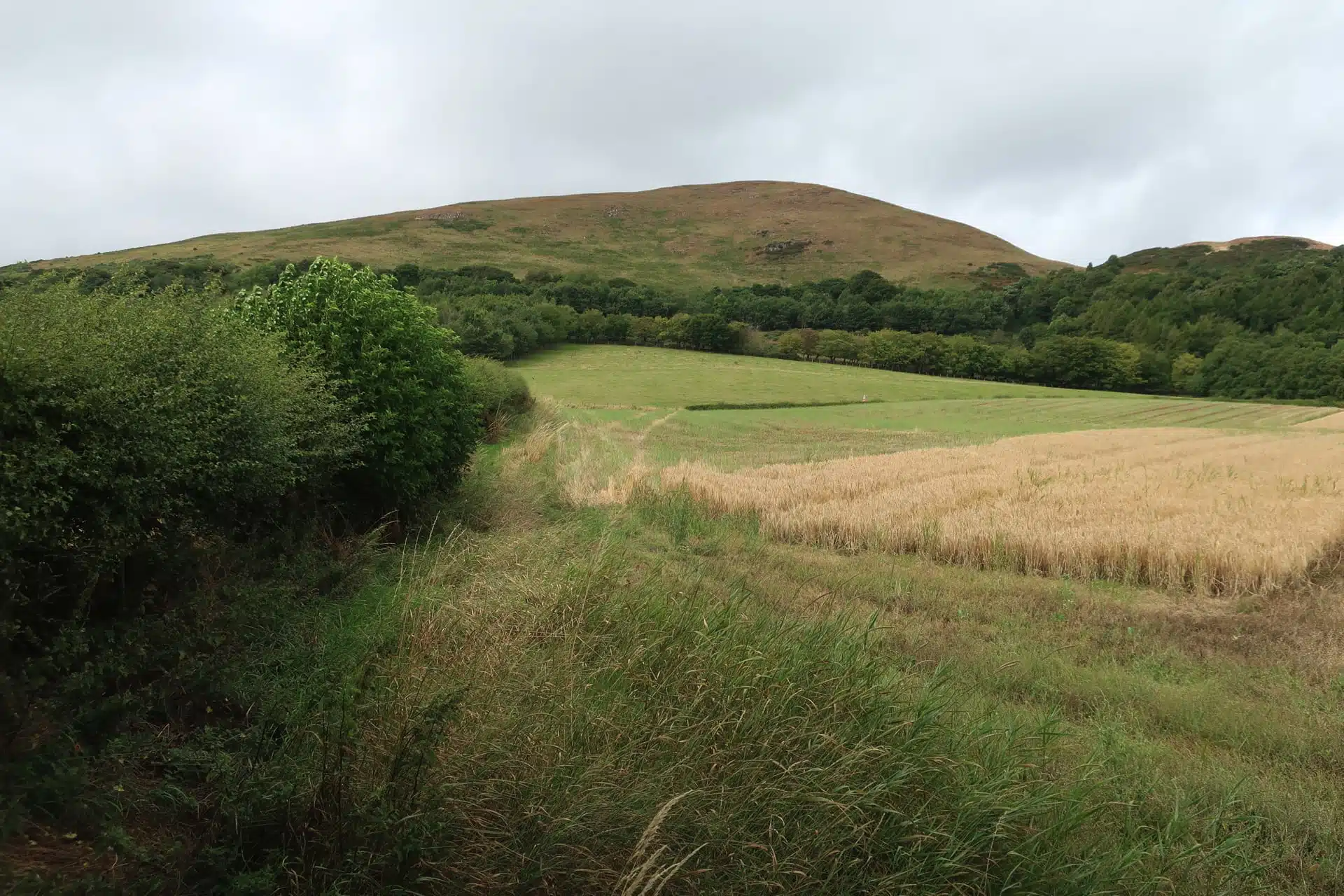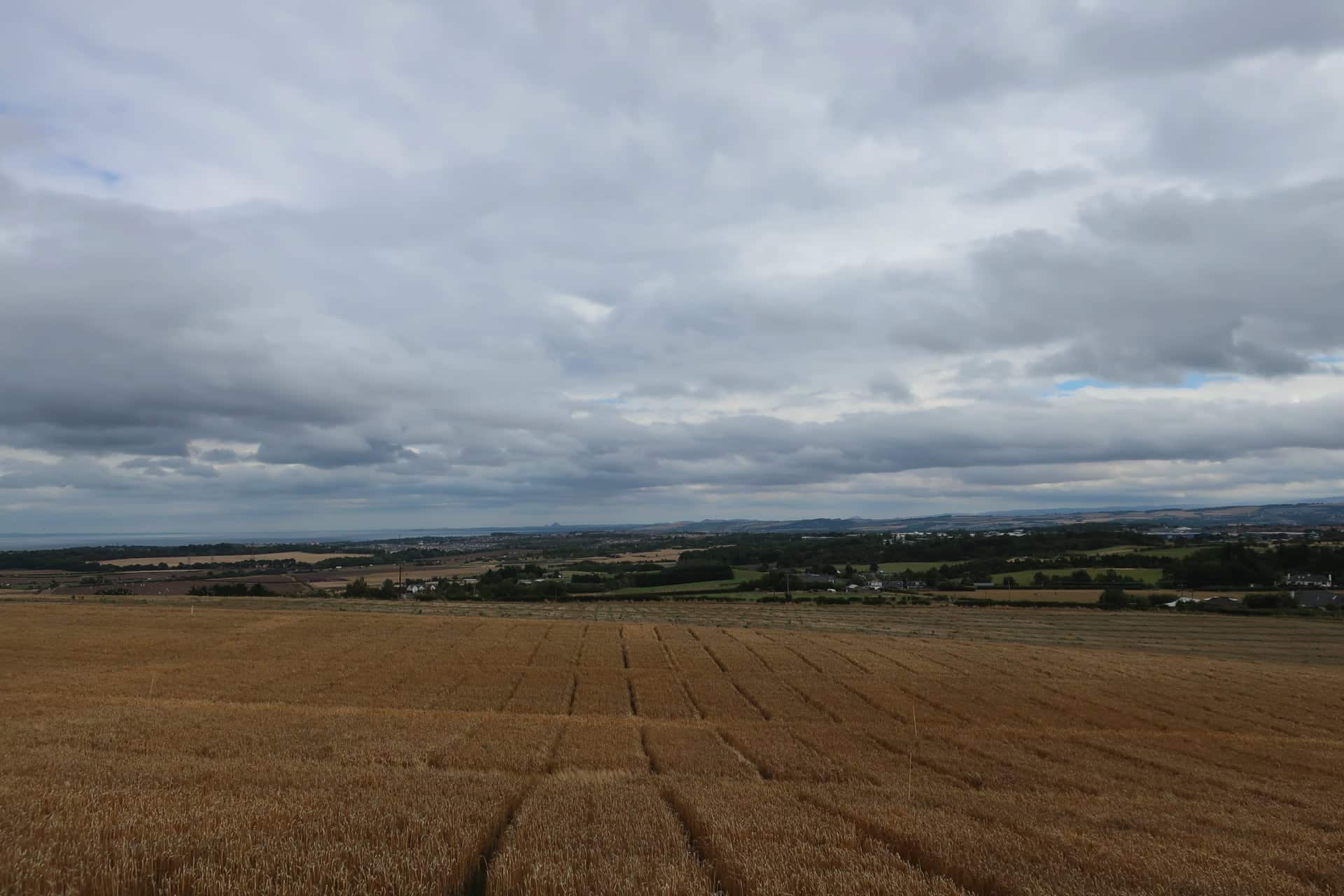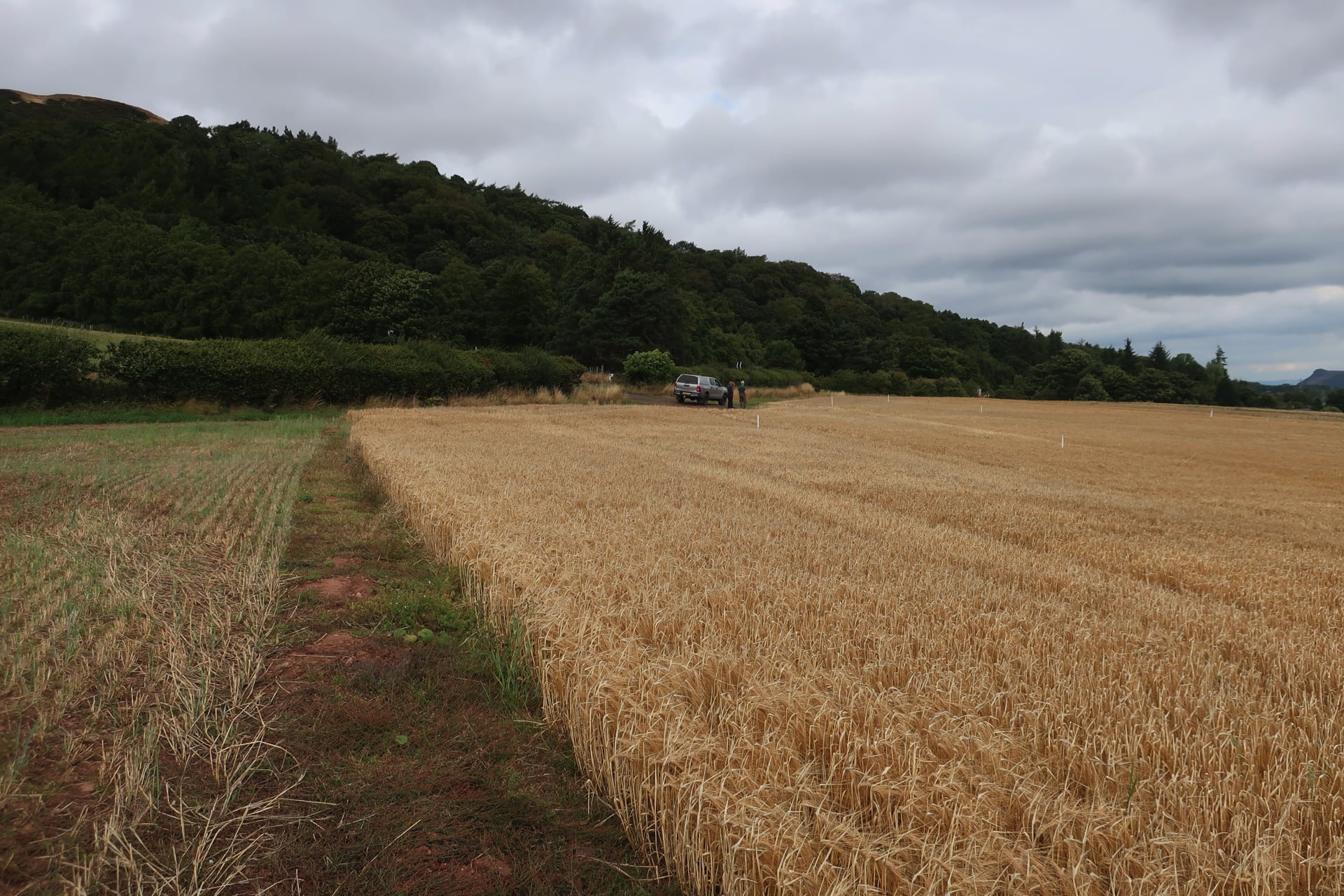Author: Kritika Bhardwaj
“The world still needs a giant leap on climate ambition”, said António Guterres, UN Secretary-General, at the 27th United Nations Climate Change Conference (COP27). He insisted, “The red line we must not cross is the line that takes our planet over the 1.5 degree temperature limit. ” This increase in temperature could exacerbate many catastrophes worldwide, such as energy and food security, more extreme weather events, and rising sea levels and therefore need immediate attention to mitigate the effect.
UN Climate Change Executive Secretary Simon Stiell attending COP27, also added, “The less we mitigate, the more we have to adapt. So, investing in mitigation is a way of reducing the need to invest on adaptation and resilience. That means tabling stronger national climate action plans — and doing so now.” Therefore, we need to address climate change by taking drastic measures to reduce greenhouse gas emissions and moving toward a “net zero” carbon economy.
A net zero economy is one where the total greenhouse gas emissions produced equal the total greenhouse gas emissions removed from the atmosphere. This can be accomplished by reducing emissions and increasing carbon sequestration by biomass production. Biomass production is vital to increasing carbon sequestration, as it takes carbon dioxide out of the atmosphere and stores it in plant matter.
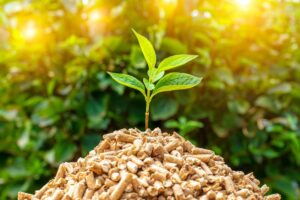
The UK’s Climate Change Committee has released its report on biomass strategy, calling for a “step change” in how the country produces and uses biomass energy. The report says that biomass has the potential to make a “significant contribution” to the UK’s renewable energy and is an integral part of the global carbon cycle. Therefore, increasing biomass production will play a vital role in the net zero carbon economy as the plants grow and absorb carbon dioxide, thus making a carbon-neutral source. There are several ways to increase biomass production. One way is by planting more trees and plants, which will help absorb carbon dioxide from the atmosphere and convert it into biomass. Another way is to use agricultural waste products, such as straw, to create biomass. This can help reduce the amount of waste produced on farms.
Biomass can be used to generate electricity through direct combustion, gasification, pyrolysis, or anaerobic digestion. It can also be used to produce transportation fuels, such as ethanol and biodiesel. The report, titled ‘Bioenergy for a Sustainable Future’, says that bioenergy is the only renewable energy source that can be used for all three energy sectors: power, heat, and transport. This could play a “significant role” in achieving the goals of the Paris Agreement on climate change and could help achieve net zero emissions by 2050 or carbon-negative energy production.
Carbon-negative energy products result in net negative emissions of carbon dioxide. In other words, the removal of carbon dioxide from the atmosphere. There are a few different ways to achieve this, but one of the most promising ways is using carbon capture and storage (CCS) technology. This involves trapping carbon dioxide emissions from power plants, storing them underground and preventing carbon dioxide from entering the atmosphere. Several CCS projects are underway worldwide, and the technology is constantly improving. Another way to achieve carbon-negative energy is through biofuels made from plant material that can replace fossil fuels.
As we look into the future, it is evident that we need to minimise our greenhouse gas emissions by reducing the demand for non-renewable resources and maximising yield for a clean, sustainable energy approach. More biomass production can help us meet our need for net zero greenhouse gas emissions by 2050 and beyond.
Miscanthus as an alternative crop for farmers
- New legislation targets require petrol to be blended with 9.75% bioethanol by 2020, requiring increased bioenergy crop production while not impacting food crop production
- Miscanthus can thrive on marginal land and low quality soils, reducing pressure over land use for crops and conflicts over food versus fuel production.
- An estimated range of net profits from £183-£211/ha per annum (minus haulage) can be predicted, when taking into account planting and harvesting costs
What benefits can miscanthus bring me?
Miscanthus is a hardy perennial grass crop originating from South East Asia, grown horticulturally and en masse for bioenergy production.
Crops cultivated for bioenergy must be high energy, with large, fast-growing biomass. Miscanthus species are perennial grasses with potential for very high rates of growth, and some species, such as the sterile hybrid M. x giganteus, can reach up to 4m each year, with aboveground dry matter biomass yields up to 15-25 t ha-1 across Europe. This offers a higher biomass yield than other bioenergy crops, such as Short Rotation Coppice (SRC) e.g. willow or poplar, and cereal straw, including barley, wheat, oats and rape.
Miscanthus is ideal for marginal land use, where soil quality may be lower or land steep. It can flourish on virtually any soil types, and thus offers the opportunity to utilise unprofitable fields. Currently Miscanthus has few known pests or diseases, leading to a highly resilient crop in the field, with little requirement for pesticide or fungicide treatments. With minimal input required post planting, Miscanthus is an ideal crop for the busy farmer.
Due to the clonal nature of most commercial miscanthus species through asexual rhizome propagation, the crop is fairly uniform, leading to improved harvests and crop maintenance. The grass is an ideal crop for buffer zones, promoting soil microbial activities and efficiently removing NO3-N and nitrate from groundwater and soil through the rhizosphere surrounding the rhizome and fine roots.
The habitat provided by the miscanthus crop can provide shelter for small mammals, and birds throughout the season. As a crop that doesn’t generally get harvested until post-senescence, the crop can provide shelter over the usual harvesting periods and through winter. The Welsh Government aim to improve biodiversity through the Public Goods Scheme, and suggest creating new habitats across the country is a priority; planting more crops with varying harvest times is likely to help improve habitats for small fauna year round.
A low mineral content is desirable for biomass intended for thermal conversion, and therefore minerals are re-mobilised into rhizomes over the winter, enabling nutrient sequestration for the following growing season. Furthermore, a late harvest should lead to reduced contractor rates, as prices are likely to be lower outside of the typical harvesting season. Miscanthus can also be planted late in the year, with an ideal planting window until the end of May, again avoiding unnecessary conflict with planting times of other crops.
Currently miscanthus is predominantly used for co-firing in coal furnaces, as a high energy and highly lignocellulosic species, for which the crop may be baled similarly to straw, or processed into pellets. There are also many alternative markets, including but not limited to, domestic fuel alternatives, biocomposites and animal bedding. Welsh water park, Blue Lagoon, is also heated through Miscanthus and woodchip biomass from a local energy centre.
Miscanthus may also be converted into ethanol through a variety of pre-treatment options, such as chemical (e.g. NaOH), physical (e.g. hammer milling) or biological (e.g. enzymatic hydrolysis), before fermentation with Saccharomyces cerevisiae (yeast).
For animal bedding, the grass is finely chopped and spread under wheat straw, and offers benefits including improved absorbency, grip, and on a minor scale, darkling beetle numbers were reduced in miscanthus replicates compared to wheat straw replicates. Producing animal bedding in-house offers the farmer an opportunity to reduce the need to import excess products.
The importance of miscanthus as a bioenergy crop
Globally, energy demands are increasing. As strain is being placed on limited energy supplies, pressure is being pushed on politicians and consumers to consider more sustainable alternatives. As yet, no clear single source has been identified that could wholly replace current carbon energy sources, however novel technologies are being designed across physics, chemical and bioenergy sectors to reduce pressure on current limited fuel supplies.
Bioenergy crops offer a carbon neutral solution to this ever-growing problem, where the carbon sequestered by the plant during its lifespan may be utilised as an alternative carbon fuel after harvest. Bioenergy crops are being utilised around the globe for biofuel, such as bioethanol and biodiesel, bio-products, including bio-plastics and biopolymers, and as an alternative for coal in coal burning factories.
The EU Renewable Energy Directive includes a statutory target that 10% of transport fuel should be sourced from renewable sources, such as electricity, hydrogen or biofuels. Fuels of 10% renewable sources (E10 fuels) are used across mainland Europe, particularly Germany, France and Finland, although as yet are not widely available across the UK.
In 2017, European industry ePURE estimated that the UK had the third largest renewable ethanol production capacity in Europe, with an installed production capacity of 985 million litres. Defra estimated 132,000 hectares of agricultural land (>2% of all arable land) were cultivated with bioenergy crops (53% of this for the UK road transport market). This suggests that the UK should have little issue with engaging with directives to increase biofuel production and consumption on a national level. By cultivating higher yielding crop species, biomass production is likely to increase while not having significant increases in land use.
The UK’s Renewable Transport Fuel Obligation (RTFO) guidance for fuel suppliers requires suppliers to produce fuel blended with renewable ethanol biofuel sources. Petrol in the UK is currently blended with 4.75% renewable fuel, (0.5% of transport fuel from sustainably produced bioethanol), with biofuel percentage targets of 9.75% by 2020. Such figures suggest that the demand for bioenergy crops is likely to increase over the next decade, potentially leading to greater incentives developed and improved profit margins.
Incentives
The price of imported wood chip is likely to rise as a result of leaving the EU in 2019. With the export tariff for goods from the EU between 2-4%, in addition to rising biofuel costs, and the expected increase in complexity of supply chains outside the single market, the costs of importing goods including bio-products are predicted to rise further. The UK is currently expected to retain ambitious environmental targets set by the EU regarding 2020 and 2030 renewable energy targets, which will require a solution. By cultivating more of our own renewable crops on unused arable land, the UK may still be able to meet targets in a cost-effective manner. It is hoped that the UK government will offer greater incentives for planting renewable crops over the next few years.
Whereas the UK has limited land available for long-term forestry crops compared to much of Europe, fast-growing bioenergy crops such as miscanthus offer an alternative biofuel source that may be able to help alleviate reliance on imported fuel.
In the long-term, the UK government have claimed to support UK businesses in development of new markets in the “bio-economy” and wish to play “a leading role in providing the technologies, innovations, goods and services of this future”. £162m is to be invested in innovation for low carbon industry and the bio-economy and there are plans to replace the Common Agricultural Policy with increased incentives for investment in sustainable agriculture. The government has also announced a ‘25 Year Environment Plan’ from 2018, that has been largely welcomed by Farming Unions and will provide incentives to farmers to deliver a range of public goods. This includes new approaches to incentivise more landowners and farmers to plant trees for agroforestry and bio-energy, and hopefully will extend to other high-throughput bioenergy crops in the future.
The Welsh Government have announced a Public Goods Scheme, following policy changes after Brexit, to provide a “new, meaningful income stream for farmers able to supply those environmental services not supported by the market”, and suggest for some producers, public goods payments will provide a large proportion of their future income. This has garnered interest from many bioenergy technologies, including Confor, a promotor for sustainable forestry and woodland practice. A press release on the 4th June, 2019, following responses from several interested sectors, proposed annual payments to farmers in return for environmental outcomes, including hitting carbon targets. The Welsh Government further convey an involvement in the development of renewable energy from biomass during the transition to a low carbon economy, with plans to ensure Wales’ communities have access to advice, expertise and funding to harness proven renewable technologies.
Estimated annual income (minus grants)
As a long-lived plant, sustainable over 15-20 years of annual harvests, miscanthus may bring in an annual profit without yearly establishment costs. Initial costs of miscanthus establishment has decreased over recent years, and is estimated at £1500–£1700 a hectare in the UK, depending on desired density, with costs expected to decrease further as technologies and cultivars are developed. Harvesting costs are relatively cheap at an estimated £170 ha-1, assuming 14 t/ha-1 harvests (this price will be further reduced if the equipment is already on site). If a conservative lifetime estimate of 15 years is used, the estimated cost per year, to include establishment costs divided across the expected lifetime and yearly harvesting is only £280. Revenues are estimated using current costs of harvested miscanthus for fuel at £31-£40/tonne, leading to an estimated income of £183-£211 per hectare, minus haulage costs.
Overall, including establishment and crop care a net margin of £900 per ha may be expected. The first full yield may be as late as the third harvest, and profits achieved over the first few harvests are likely to improve further.
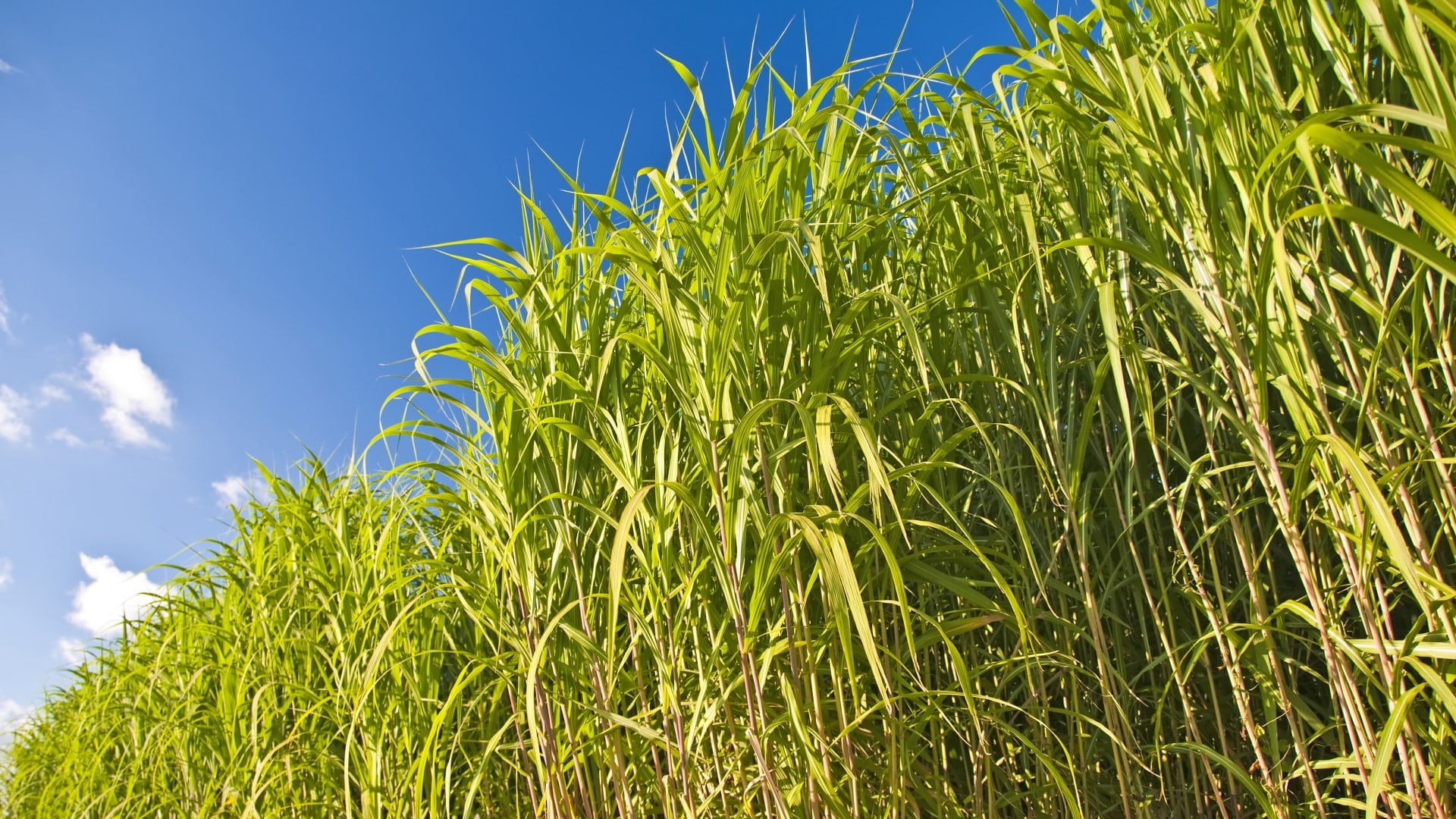
Summary
Overall, miscanthus appears to offer a sustainable form of renewable energy for multiple industries, which are only likely to increase in demand over the coming decades. With a substantial lifetime, over 15 years, the crop is likely to become a key player in the renewable energy market and it should be expected that as the market demand increases, the potential value of the crop, particularly for early starters, should increase proportionally.
With the government planning to hit ambitious renewable energy targets over the next couple of decades, the demand for sustainable bioenergy sources that conflict little with food production will skyrocket. As a crop that will thrive on underused, marginal land with poor quality soils, miscanthus is one solution to an almost impossible problem.
Latest Technical Articles
Accelerating Willow Breeding and Deployment (AWBD)
Genomics Unlocks Willow’s Potential in UK Biomass Scale-Up

Short rotation coppice (SRC) willow is a desirable perennial biomass feedstock due to its fast-growing nature and multifunctional benefits. And with the development of new and improved varieties, it could help farm businesses diversify income – even in less favourable growing environments.
On a productive site, SRC willow can produce up to 20t/ha of dry wood per year, averaging around 15t/ha per year. However, current varieties are producing closer to 10-12t/ha per year, making ambitious expansion plans challenging for varieties that have been largely bred for favourable sites and conditions.
Another limitation to upscaling is the likelihood that breeders will be left with a limited stock of propagation material for field testing or commercial release.
Resources
 Read the growers guide to short rotation coppice willow varieties for biomass publication from the AWBD Project
Read the growers guide to short rotation coppice willow varieties for biomass publication from the AWBD Project
“It has always been an ambition to fully exploit the power of genomics in the willow breeding programme – we know what it can do.”
Steve Hanley, head of genomics at Rothamsted Research
Project
Understanding the potential for genomic selection in overcoming these hurdles, Rothamsted Research is utilising the UK Government-funded Biomass Feedstocks Innovation Programme (BFI) as a springboard to develop the tools to accelerate the breeding and deployment of new and improved SRC willow varieties.
Led by agronomist Ian Shield, the project’s objectives cover three key areas:
- Breeding: Focusing on the use of genomic selection to accelerate environment-tailored breeding, by modelling genotype and phenotype data to improve the selection of complex traits like yield and disease resistance.
- Multiplication: Focusing on the testing and optimisation of protocols for micro-propagation, and the accelerated multiplication of genotypes in a genomic selection breeding programme.
- Deployment: Focusing on the planting, growing, and monitoring of willow genotypes in five diverse environments.
These areas of focus will generate the data to calculate genomic estimated breeding values (GEBV), which will be applied to the institute’s breeding programme. Combined, the objectives will accelerate SRC willow breeding to develop new varieties for multiple markets and lower breeding costs. The project will also generate robust information to guide the deployment of SRC willow in the UK.
Recognising the hurdle that a narrow set of environments creates for future scale-up of biomass production, the project has established trials of genomic selection training populations it has planted cuttings of SRC willow genotypes in five different environments across the UK, each with its own stressor:
- Somerset Levels: Assessing flood tolerance.
- Bedfordshire (sandy soils, low rainfall): Assessing drought tolerance.
- Aberdeen: Assessing impact of longer day lengths and cooler growing seasons.
- Northern Ireland (NI) (high humidity and disease pressure): Assessing disease tolerance.
- Northumberland: A control environment, similar to those used in previous trial work.
Each trial, excluding NI, has a training population comprising 560 genotypes – drawn mainly from up to seven SRC willow species, primarily Salix viminalis and its hybrids. The project is generating the genome sequence of each.
The trials are replicated across four blocks, each with 70 sub-blocks of nine plots – with one control genotype plot per sub-block. The high density of controls is designed to explore the effects of spatial variation across each site. In NI, 144 genotypes have been planted as a smaller test population where predictions from the other four sites will be applied and evaluated.
The purpose of these trials is to look at the field data and observable traits (phenotypes) of the SRC willows and compare with the genome sequences to identify consistent patterns for predicting biomass traits of interest. These include establishment, yield, disease and pests under the different growing conditions. Crop management and weather data is recorded at all sites.
Taken together this will provide the data that will inform breeding decisions for superior, new varieties, as well as information matching variety to environment.
Latest
Planting >70,000 cuttings in total, the project’s training populations were established in May 2023 and coppiced in February 2024 to encourage the plant to produce multiple branches and shoots.
In March 2024 the project is collating the data for the first year of establishment and coppicing. It is assessing rust, yield potential and early vigour – a valuable trait for willow which is very vulnerable in the first year of growth – as well as senescence time.
Keeping the populations as close to a normal three-year harvest cycle as possible, the project will use a non-destructive method of yield estimation in January 2025 – based on stem diameter and stem numbers per plant.
It will also collect data on new shoot emergence, which alongside senescence time, will give duration of the growing season.
Next Steps
By the conclusion of the BFI in March 2025 the project will have produced its first GEBVs, which will then be applied to Rothamsted’s SRC willow breeding programme.
Beyond March 2025, Rothamsted intends to continue its genomic selection programme, which will evolve to continually manage and update the training populations. This will produce robust information and improved varieties for industry use to support the upscaling of SRC willow planting.
“Rust resistance is vital in the willow crop. We need to use genomic approaches to breed plants with multi-gene resistance to rust.” Jackie Barker, phenotyping manager at Rothamsted Research
Further Information
To learn more about the AWBD Project,
- Email: William Macalpine – [email protected]
Return to Innovation Projects overview
Bioenergy Europe’s third video of a series of four dedicated to #bioenergy feedstock coming from #agriculture, both perennial energy crops and agricultural residues. In this video we focus on the potential of miscanthus as a perennial dedicated energy crop. Thanks to this crop’s unique characteristics, miscanthus can be grown on degraded land and can mitigate soil erosion. These environmental benefits, and the little maintenance required (no fertilizers needed and harvest once a year) makes of miscanthus a fascinating crop deserving more attention and investment. About agrobiomass: With around 20% of the bioenergy feedstock coming from agriculture, both dedicated energy crops and agricultural residues can be utilised to produce #heat, #electricity and #biofuels. Agricultural #biomass represents an important and sustainable energy source although its potential remains largely untapped. Agricultural biomass is key to achieve Europe’s long-term decarbonisation objectives. Get our factsheet on Agrobiomass here: http://bit.ly/ABECfactsheet https://www.bioenergyeurope.org Special thanks to Emmanuel de Maupeou, NovaBiom Lorenzo Avello, Planeta Renewables Aricia Evlard, ValBiom Sergii Chabannyi, BEECO New C-Land Interreg Project Footages of miscanthus fields kindly provided by NovaBiom & Bio Eco Energy Company (BEECO)
This video sheds light on the meaning of carbon neutrality and explains the role of bioenergy in decarbonisation and climate change mitigation. Bioenergy is a carbon neutral, renewable energy that represents 10% of the European Union energy mix. The biomass carbon cycle is the most fundamental process in the production of bioenergy and is essential in understanding biomass as a viable part of achieving Europe’s ambitious climate ambition. Bioenergy Europe is the voice of European bioenergy. It aims to develop a sustainable bioenergy market based on fair business conditions. For more information visit https://bioenergyeurope.org/.
Scotland’s Rural College (SRUC) – Edinburgh
A south easterly facing sloped site of mineral sandy loam, exposed to a westerly wind. Vegetation is historically OSR and S barley. Planting of Miscanthus, willow, poplar and Eucalyptus was undertaken during spring 2023. The plans below show the layout of the trial plots at this hub site and the updates will keep you informed of their progress and performance throughout the trials.
| Address | Boghall, Biggar Road, Edinburgh, EH10 7DX. |
| Latitude, longitude | 55°52’44.5″N 3°12’11.4″W (55.87903486587691, -3.2031666746901992) |
| Grid ref | NT 24951 65863 |
| What 3 words ref for entrance | ///lifts.keen.confronts |
Characteristics
| Mean Annual Precipitation (mm) | 690 mm |
| Mean Annual Temperature (°C) | 12.1 ◦C |
| Altitude | 197 m |
| Exposure | Westerly wind. |
| Topography | Slope. |
| Aspect | S.E facing. |
| Soil type | Mineral sandy loam. |
| Current vegetation coverage | OSR, S.Barley. |
| Other relevant site info |
Project plans/actions
| Which biomass crops | Planted (as of August 2023)
To be planted:
Variety trials planted (as of August 2023):
Variety trials to be planted:
|
| Planting goals/aim | Spring 2023 (& 2024). |
| Agronomic dates (planting, harvesting schedule) | Planting: Spring 2023 (except 2024 trials) Harvest: Jan/Feb 2024. |
| Management methodology (spray off, nutrient additions, ploughing, site prep, others) | – Ploughing/site prep Oct 2022 (Winter wheat cover – except on Miscanthus plots) + Glyphosate (early spring 2023). – Pendimethalin pre-ems (spring 2023). – Graminicide 3-6 weeks post planting. – Dow Shield 3-6 weeks post planting (if required). – Interrow weeding/spot spraying when required (spring/summer). |
| Machinery to be used | TBC. |
General Info
| Field management history | 2022 OSR. 2017-2022 Spring barley. |
| Other site detail of note |
Updates
Base line soil samples have been taken, ploughing is in progress, Hopefully planting wheat cover crop week beginning 24 Oct 2022.





